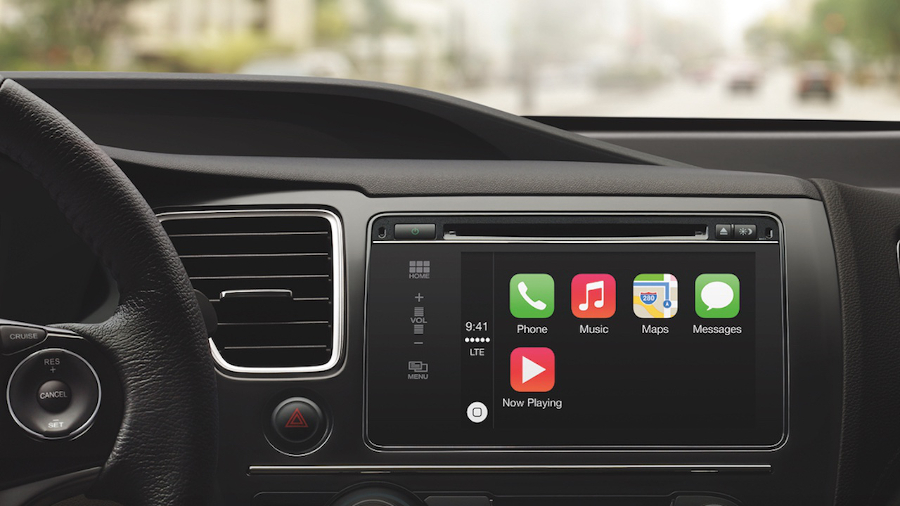How the Internet of Things will supercharge the cloud
Big data cloud services are the behind-the-scenes magic of the IoT
Competing communications standards
Cloud providers need to ensure that they are up to these demands, but some think that it's how each sensor's data reaches the cloud that is more of a problem than cloud capacity.
"The fact that we currently have several radio standards available for connecting servers to the cloud is good news," says Wilkins, "but it is sometimes difficult to choose the best approach for a device or business."
That choice could be cubical, especially if there's to be an industry-wide standard for how fast data is changed between sensors, devices and the cloud. "You don't want to know your car is about to break down and needs predictive maintenance two minutes – or even two seconds – too late," says Davies, who thinks that the same kinds of demands now placed on very low latency, on-premise trading infrastructures in banks will soon be applied to all cloud environments.
How secure will IoT cloud services be?
The IoT may be happening now, but no-one gets to change all of their IT at once. "Insecure platforms, tiny real-time operating systems, and legacy protocols," is what Steve Dunbar, Internet of Things Commercial Director at Microsoft UK thinks are the main security concerns for the IoT.
"IoT cloud services must integrate into environments with devices designed and deployed a decade or more apart," he says, adding that there is an urgent need for novel network architectures that seamlessly integrate them. "Digital security will be increasingly interwoven with physical safety of life and equipment."

Will we see an 'IoT Cloud'?
Given the real-time, low-latency needs of some IoT devices – such as connected cars – there is an argument for a special kind of cloud. "We may well see an IoT cloud, but there will be different tiers within that," says Davies. Any such platform needs to offer analytics and the ability to build new kinds of apps on top of the IoT data.
"The IoT cloud will also need to be able to deliver security to make sure these connected assets are protected, monitored and safe from attacks," says Davies. "An IoT platform will need to learn, predict what is going to happen next, and present this in the form of analytics, alerts and suggested next steps."
Sign up to the TechRadar Pro newsletter to get all the top news, opinion, features and guidance your business needs to succeed!
Machine learning will also be a core feature of IoT platforms as they evolve, with the data feeding the learning as well as the analytics.
The challenge of automation
Next up for the IoT is automation. "Now that the IoT is expanding beyond the hype into real business applications, the biggest challenge for providers will be the jump from monitoring and analytics to automation," says Nigel Stevens, UK MD of IO.
Describing it as a 'coping mechanism', Stevens thinks that automation is largely about competently handling the sheer volume of data the IoT will generate.
"The amount of data necessary to facilitate M2M communication, automated systems and complex analytics will require modern data networks to spread their storage and computing loads across numerous, global locations," says Stevens. "Efficient, automated platforms are the only way to make the IoT manageable and useful on an industrial scale."
- Also check out: Cloud on clouds: How weather data is a test-bed for new tech
Jamie is a freelance tech, travel and space journalist based in the UK. He’s been writing regularly for Techradar since it was launched in 2008 and also writes regularly for Forbes, The Telegraph, the South China Morning Post, Sky & Telescope and the Sky At Night magazine as well as other Future titles T3, Digital Camera World, All About Space and Space.com. He also edits two of his own websites, TravGear.com and WhenIsTheNextEclipse.com that reflect his obsession with travel gear and solar eclipse travel. He is the author of A Stargazing Program For Beginners (Springer, 2015),
